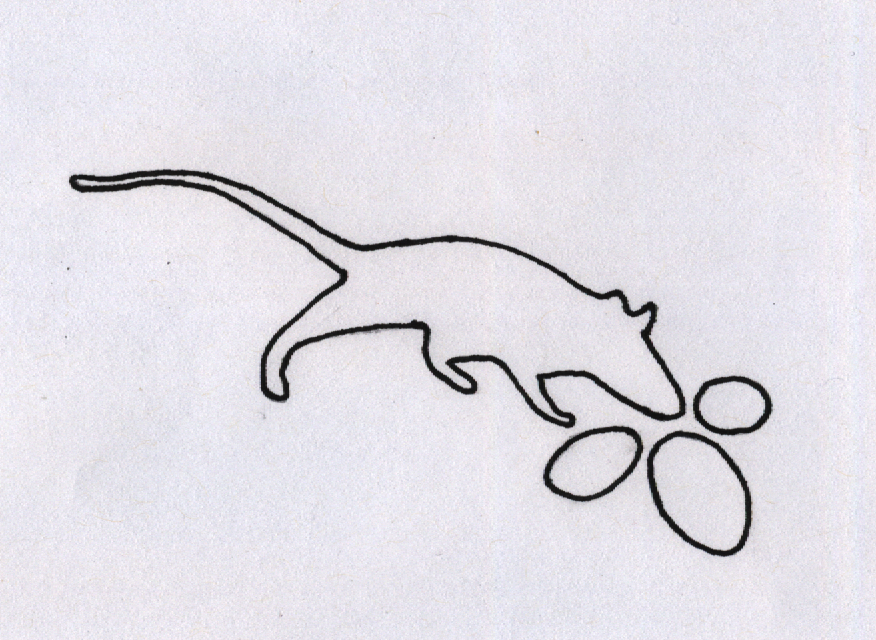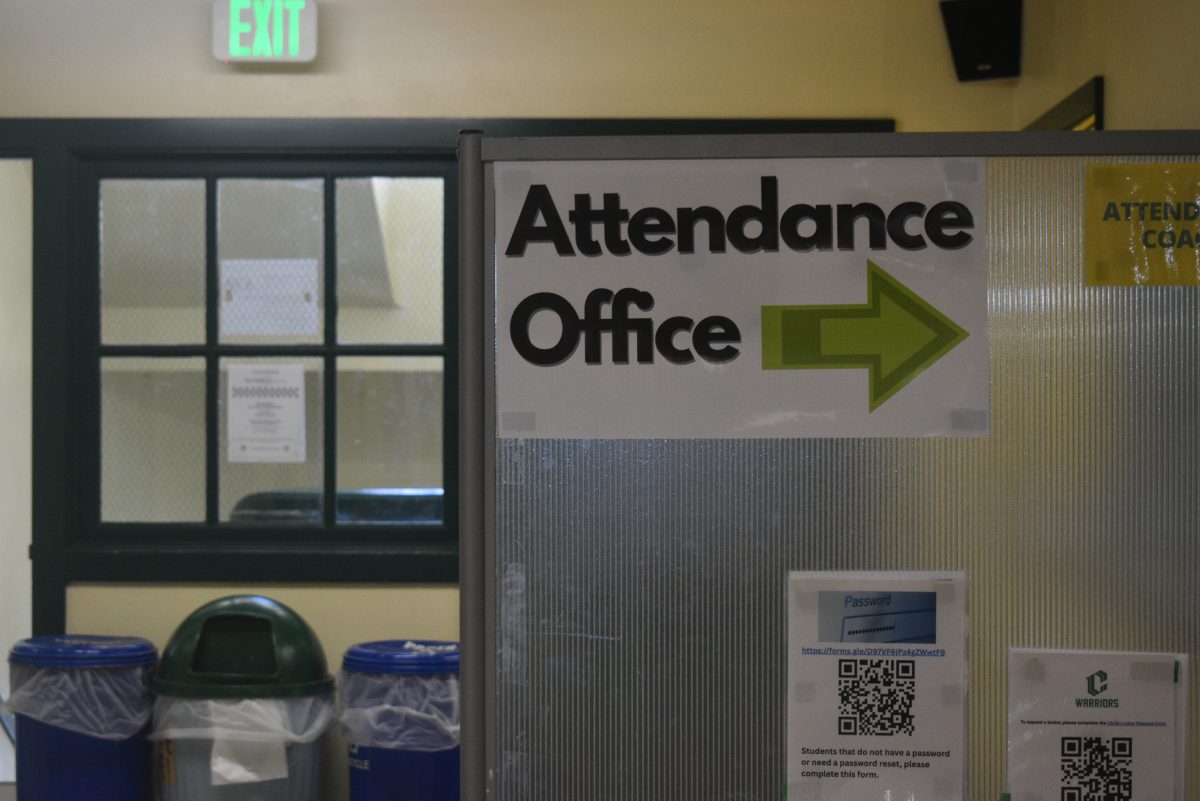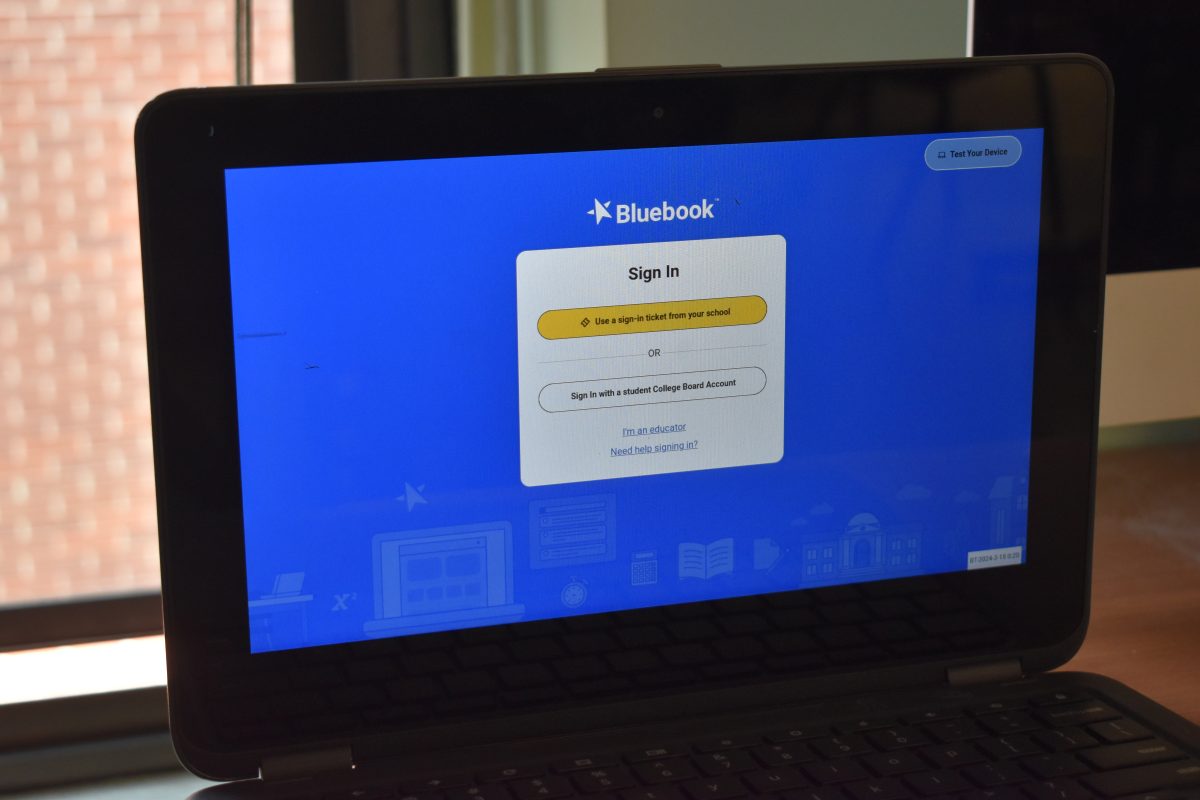A Special Sense of Smell that Saves Lives
Although widely regarded as disgusting animals, rats are capable of sniffing out landmines as well as tuberculosis. So be grateful, not hateful.
May 18, 2018
 Although it isn’t as prevalent now as it once was, tuberculosis has always been one of the world’s most dangerous diseases. The illness made its first appearance more than 9,000 years ago in Atlit Yam, a city located off the Israeli coast that has since been submerged under the Mediterranean Sea, when archaeologists found it in the remains of a mother and child who were buried together. Nearly six millennia passed before it was included in written records in India 3,300 years ago, and it took another millennium until it was recorded in China.
Although it isn’t as prevalent now as it once was, tuberculosis has always been one of the world’s most dangerous diseases. The illness made its first appearance more than 9,000 years ago in Atlit Yam, a city located off the Israeli coast that has since been submerged under the Mediterranean Sea, when archaeologists found it in the remains of a mother and child who were buried together. Nearly six millennia passed before it was included in written records in India 3,300 years ago, and it took another millennium until it was recorded in China.
Even though tuberculosis has existed for an extremely long time, finding a suitable way to combat it has been a looming and persistent obstacle. From the 17th and 19th centuries, the sickness was responsible for a quarter of all the deaths in Europe, as well as in the U.S. It wasn’t until March 24, 1882 that the exact cause was determined, when German physician and microbiologist Robert Koch discovered Mycobacterium tuberculosis, the bacteria that both causes the disease and gives it its name. Even as we approach the 100th anniversary of the completion of the vaccine, which was in 1921, tuberculosis is still making its presence felt. In 2016, a fourth of the world’s population was infected with Mycobacterium tuberculosis and nearly two million people died from it.
Before I get too wrapped up in presenting the depressing facts and data, I want to acknowledge that vaccines have significantly decreased the number of deaths caused by tuberculosis. That I concede. But that only makes it less of a problem for you and me because we have better access to healthcare. So what about other parts of the world, where healthcare isn’t as widespread (or not even realistic in some cases)? You could be infected without knowing it and end up dead because you weren’t diagnosed in time for treatment, condemned to let the disease take its course. However, after an interesting development, a person infected with tuberculosis may not need to visit a hospital for the illness to be identified. This could potentially speed up the process of detecting the disease in people, which could help limit its fatality.
The hero of this fascinating story is the Gambian pouched rat, which is also known as the African giant pouched rat. It is native to Sub-Saharan Africa, where it ranges from Senegal in the west to Kenya in the east near the equator and from Angola to Mozambique in southern Africa. Gambian pouched rats can grow up to three feet long, making them among the largest muroids (a large rodent superfamily that includes mice, rats, and hamsters) on Earth. However, it should be noted that their extensive tails contribute to about half of their length. Interestingly, they’re nocturnal, but have horrendous eyesight, so they rely on their correspondingly strong hearing and sense of smell to get around at night. It is this sense of smell that has made them so special.
Everything began in 1997, with the formation of a Belgian non-profit organization called Anti-Persoonsmijnen Ontmijnende Product Ontwikkeling (“Anti-Personnel Landmines Removal Product Development” for those of you who don’t speak Dutch or APOPO to save time and effort). APOPO’s main goal was to develop detection rat technology, which was to serve
humanitarian purposes. At the time, there was a global movement to ban landmines, so the general consensus was to use rats as scent detectors to root out landmines that were already placed. The Gambian pouched rat was chosen by APOPO in March 1997 because of its exceptional sense of smell. Landmines were officially banned in late 1997 thanks to the Ottawa Treaty which was signed by 122 countries and has since gained the signatures of 34 more. In November 1998, APOPO began breeding the rats, and training methods were developed in June 1999. By April 2000, the project was ready to be tested, so APOPO moved their headquarters to Tanzania.
Although the whole endeavor seemed quite ambitious, it was no joke. The newly-christened “HeroRATs” had to undergo extensive training in order to prove they could consistently demonstrate their ability to accurately detect TNT, which is the explosive used in most mines. Positive reinforcement was the main method used, where the HeroRATs first had to associate a clicking sound with food, which eventually led to them beginning their search for TNT whenever they heard a click! Next, they had to pick out the TNT scent out of three possibilities that were placed beneath sniffer holes, with food being the reward for the correct answer. As they moved up in the training the challenges the HeroRATs underwent became increasingly more difficult. These included having to find the TNT scent beneath soil and even in an actual minefield with deactivated mines. The size of the field and depth at which the mines were placed were increased accordingly as the HeroRATs sharpened their detection skills. In the final test, they had to clear a 2,200 square-foot minefield within twenty minutes without missing any mines and giving less than two false positive identifications (which means they thought a mine was present when it really wasn’t). After overcoming the final hurdle, the HeroRATs were permitted to work in other countries, but were given an acclimation period as well as additional tests by national authorities before they could begin work. By 2016, 16 years after the project’s launch, the rats had successfully located nearly 20,000 landmines hidden in Africa and Southeast Asia.
This by itself was a major success, but APOPO had already taken it a step further in August 2002 when they discovered that HeroRATs could be useful in solving other humanitarian problems in Africa. One of these was tuberculosis, which was rampant on the continent at the time and with no adequate diagnostic tool, a serious issue. APOPO tested the HeroRATs’ ability to detect tuberculosis-positive sputum (a mixture of saliva and mucus which is examined under a microscope to diagnose diseases) samples. The reasoning behind this experiment was that Mycobacterium tuberculosis emits 13 volatile chemicals that differentiate it from other microorganisms, which the HeroRATs could potentially sniff out. When the rats demonstrated proficiency in this task, yet another project was launched.
The methods used to train the tuberculosis-smelling HeroRATs were very similar to the ones employed on the mine-detecting ones. HeroRATs began training at four weeks old, where they had to sniff out positive sputum samples placed beneath sniffer holes. A reward was only given if the HeroRAT paused for three to five seconds above infected sample. This continued until the HeroRATs were able to deal with 10 samples, with the goal of reaching a rate of around five samples per minute. To pass the final test, the HeroRATs couldn’t miss a single positive sample. In all, one HeroRAT cost a little over $7,000 to train, regardless of the training program.
After its introduction in 2007, the tuberculosis-smelling HeroRAT project was arguably more successful than its predecessor. Within two years, the HeroRATs had run their noses over more than 50,000 sputum samples, identifying more than 1,000 tuberculosis-infected patients that had been missed by the more conventional method of microscopy. Between 2011 and 2015, HeroRATs stationed in Tanzania smelled 55,000 sputum samples from various clinics within the country. Microscopy accurately identified 8,351 of these samples as positive. The HeroRATs not only identified these, but found an additional 2,745 positive samples, which were all verified to be correct by standard methods. The HeroRATs were particularly successful in detecting tuberculosis in samples from young children, who produce smaller sputum samples and lower bacterial counts. Because children have weaker immune systems, correctly diagnosing them with tuberculosis in a timely manner is crucial. By the same token, missing infected children is more of a problem. But the HeroRATs have saved the day in this aspect as well. In 2016, the number of positive patients that had been incorrectly pronounced healthy by their clinics, but were correctly identified by the HeroRATs, surpassed 10,000.
Obviously, this project has turned out to be a couple of levels beyond incredible, especially in regards to the detection of tuberculosis. The disease has been a major problem around the world for millennia. Before this, the “standard” method, which was inspect patients’ sputum under a microscope, could miss infections more than half the time. That is a terrible success rate, especially when the situation involves such a deadly disease because failure means more than just a simple, “Well, I guess there’s next time.” One oversight equals one death, and the numbers eventually add up. There’s no way around that.
So perhaps you don’t think rats are the most agreeable creatures. If you see one in your house, near your house, or just close to you in general, you might have a very strong reaction. And that’s fine. Rats, especially ones in their natural habitat, aren’t very flattering for a lot of people, and an even larger amount can’t stand the sight of a dead rat. But even if you hate them, I want you to make an exception this time. These HeroRATs aren’t lurking in the dark, scurrying around to scavenge for food. They’re not even lying there dead to scare you. They’re saving lives around the world with their amazing sense of smell. How can you not appreciate that?

























